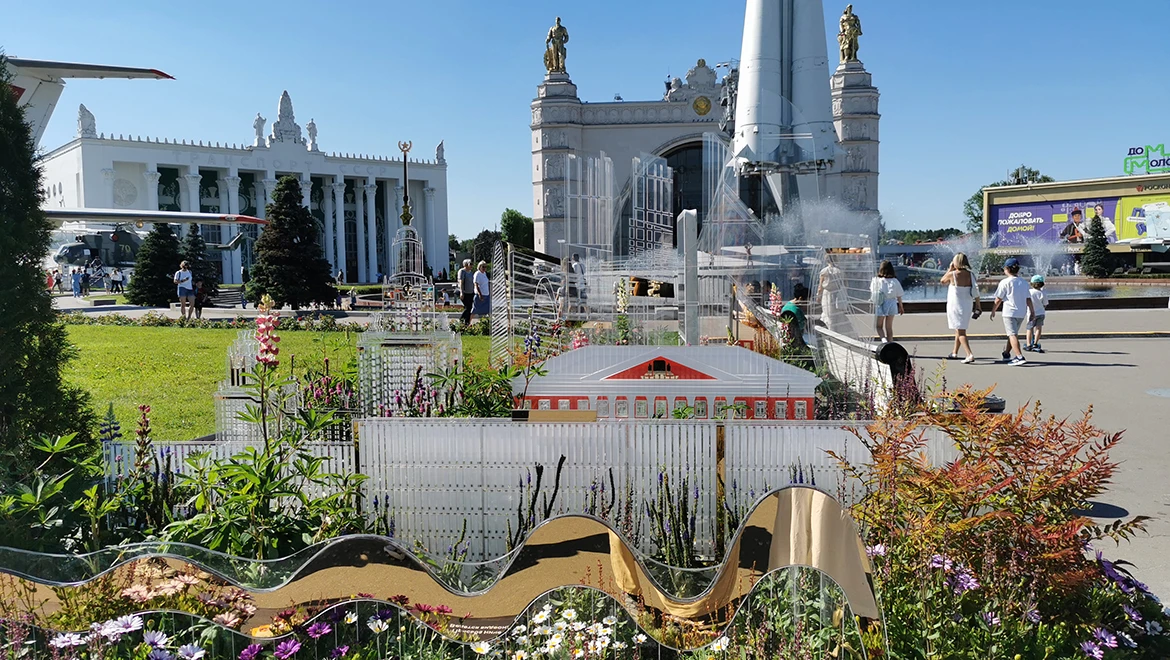Siberian dwarf pine. Magadan region
The
Siberian dwarf pine (Latin: Pinus pumila) inhabits the harshest areas of the
Russian Far East. These low bushes spread across the taiga, forming dense,
impenetrable thickets, earning them the nicknames "lying cedar" and
"dwarf pine." In the Magadan region, it is ubiquitous and is the only
coniferous tree in the area.
Siberian
dwarf pine is among the leaders in the pine family for its high content of
phytoncides, providing antimicrobial and anti-inflammatory effects, calming the
body, and boosting the immune system. Infusions made from the needles are rich
in vitamin C. While modern people use these infusions to support their bodies
during colds, three hundred years ago, they literally saved sailors from
scurvy. Vitus Bering and his team never went a day without tea or kvass made
from dwarf pine during the Second Kamchatka Expedition.
The most important part of the Siberian dwarf pine is its nuts, which are high in protein, vitamins, and microelements. These nuts are pressed to extract valuable oil used in cooking and cosmetics. Health enthusiasts love the nuts for their nutritious snacking value, as an ingredient for healthy sweets, and as a source of beneficial fats in smoothies and salads.
Scientists
have found that consuming at least 60 grams of nuts daily on an empty stomach
for two months lowers glucose levels and improves insulin sensitivity in people
with type 2 diabetes. The glycemic index of pine nuts is only 15, making them
suitable for the diet of diabetics.
In the
Magadan region, the family-run business “Gifts of Kolyma” LLC harvests nuts and
produces oil. It is the only company in Russia that has managed to produce
quality pine nuts from the Siberian dwarf pine, which are currently on sale.
Additionally, the company produces oil from the pine nuts, which contains
proteins, carbohydrates, vitamins A, B, C, E, and polyunsaturated fatty acids:
linoleic, linolenic, and oleic acids. The company also makes essential oil from
Siberian dwarf pine—an exclusive Russian product. The nobility and
sophistication of the Siberian dwarf pine's aroma make it an aristocrat among
coniferous essential oil plants. The essential oil has pronounced
immunomodulating, antiseptic, anti-inflammatory, analgesic, and anti-edema
properties.
An
interesting fact about this tree is that the Magadan forestry creates
protective belts around settlements to reduce fire hazard classes. This is done
in winter, and the harvested dwarf pine is used to make Christmas trees sold in
Magadan.
Varlaam
Shalamov, in his story "Dwarf Pine," described it as a tree of hope.
Strong and stubborn, it is like a person who stands alone against the elements.
In summer, when other plants rush to bloom as quickly as possible, competing
with each other, the dwarf pine remains inconspicuous. It is a steadfast
fighter, touched by the warm breeze of summer, resisting temptation, and
staying true to its principles.
Along with the RUSSIA EXPO, the flower festival is also coming to an end.
The "Future in Flowers" festival continues at the RUSSIA EXPO, where unique flowerbeds from all regions of our country can be seen at the "Space" pavilion until July 8.
The RUSSIA EXPO concludes on July 8, and with it, the flower festival will also come to an end.





